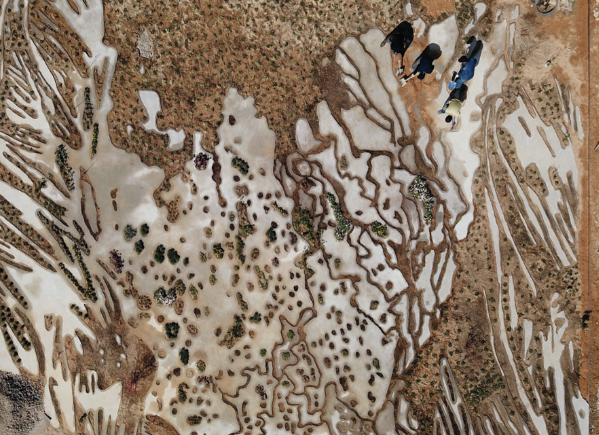Catherine Mosbach: A Visionary in Landscape Architecture
In the increasingly urbanized world we live in, landscape architecture plays a vital role in enhancing our surroundings and promoting sustainability. Catherine Mosbach stands out as a leading figure in this field, renowned for her innovative designs that merge aesthetics with ecological responsibility. Her work not only transforms landscapes but also inspires communities to appreciate the beauty of nature.
Innovative Design Philosophy
Catherine Mosbach’s design philosophy centers around the idea that landscapes should serve both functional and aesthetic purposes. She emphasizes the importance of integrating natural elements into urban settings, thereby creating spaces that resonate with both residents and the environment. By incorporating features like native plants, water management systems, and pedestrian-friendly pathways, her projects manage to create seamless transitions between built environments and nature. This approach not only enhances the landscape’s beauty but also supports biodiversity and community engagement.
Sustainability in Landscape Architecture
Sustainability is at the heart of Mosbach’s work, manifesting in her commitment to using environmentally friendly materials and processes. Her designs often focus on rainwater harvesting, soil health, and habitat restoration, demonstrating a holistic approach to landscape architecture. For instance, in projects like the Parc Jean-Jacques Rousseau in Paris, she showcases how urban parks can serve as vital green spaces that contribute to climate resilience and enhance the quality of urban life. This commitment to sustainability has positioned her as a thought leader in a field that increasingly prioritizes ecological awareness.
Cultural Context and Community Engagement
Catherine Mosbach understands that successful landscape architecture goes beyond mere aesthetics and functionality; it also requires a deep connection to cultural context and community needs. She actively involves local communities in her design processes, ensuring that her projects reflect the values and desires of those who will use the spaces. This participatory approach not only enhances the relevance of her work but also fosters a sense of ownership among residents, ultimately leading to a greater commitment to maintaining these communal spaces.
In conclusion, Catherine Mosbach’s contributions to landscape architecture illustrate how thoughtful design can harmoniously blend nature and urban life. Her innovative, sustainable practices and community-focused approach inspire not only her peers but also the next generation of landscape architects. To further explore her impactful work and philosophy, consider visiting her official website or checking out her interviews and articles online. Discover how landscape architecture can shape our cities and enrich our lives!

